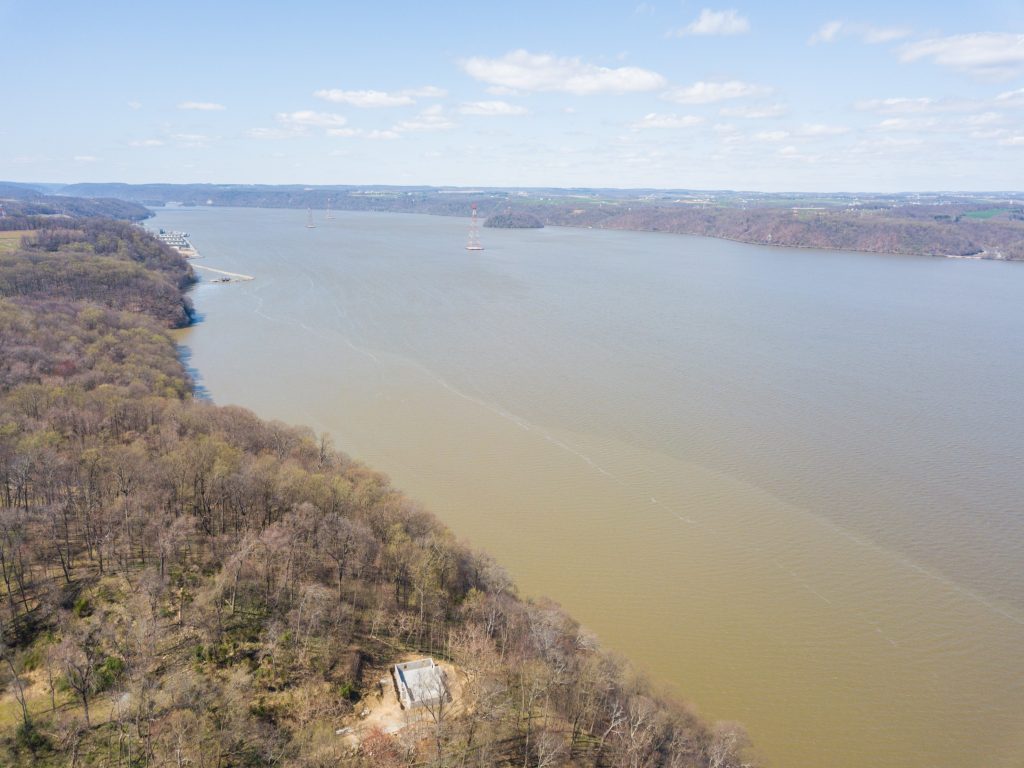Farmers in Pennsylvania need to do more to improve soil and water quality, and the state needs to do more to support those efforts. That’s the finding of a new Chesapeake Bay Foundation report. It cites big economic reasons for improving the Chesapeake Bay watershed, and estimates the benefits for the state could total more than $352 million a year.
Molly Cheatum, Pennsylvania Watershed Program restoration manager with the Chesapeake Bay Foundation, said her team helps farmers adopt conservation practices. She said some are as simple as planting trees along streams, creating forest buffers that reduce pollution, provide shade and protect soil.
“For our team, we’re using those trees for multiple reasons, but a lot of it is for maintenance as well,” she said. “So in a lot of these buffers, there will be a mortality rate, and so we’re planting those trees in these buffers to maintain a certain amount of tree survival within an acre of buffer.”
Agriculture in Pennsylvania is the main source of nitrogen pollution in the Chesapeake Bay. The report says implementing the conservation practices needed for the Keystone State to meet its goals under the Chesapeake Clean Water Blueprint also would support almost 3,500 jobs.
Cheatum said $154 million from the Inflation Reduction Act is going to the Pennsylvania Agricultural Conservation Assistance Program, which should give farmers more financial and technical support to do the work to minimize farm runoff. However, she said, the funding is only for a limited time period, and won’t be enough to fully achieve the Clean Water Blueprint goals.
“So that ACAP funding is for three years, but then it ends,” she said. “So, one of the conversations and the things that we would like to continue to talk about is realizing, again, you can put in these conservation practices, but they need to be maintained. We put in three years of this money, but then, we need consistent funding after those three years.”
Farmers in the Chesapeake Bay watershed have fewer than four years now to do what it takes to meet the Clean Water Blueprint goals. The report said about 90% of the remaining pollution reduction needs to come from agriculture.




